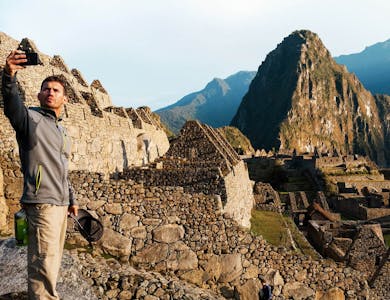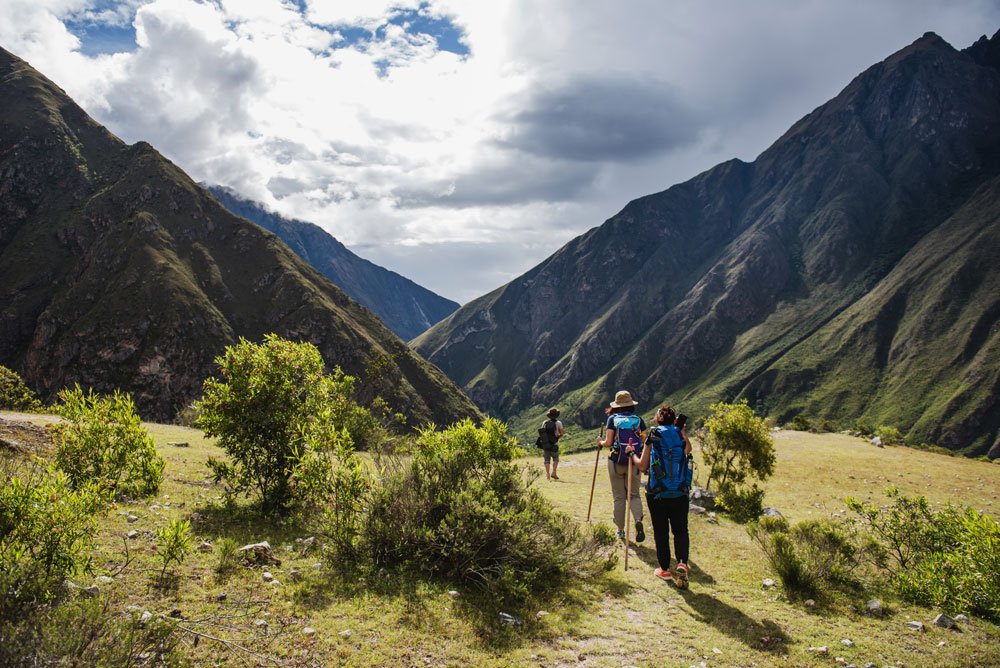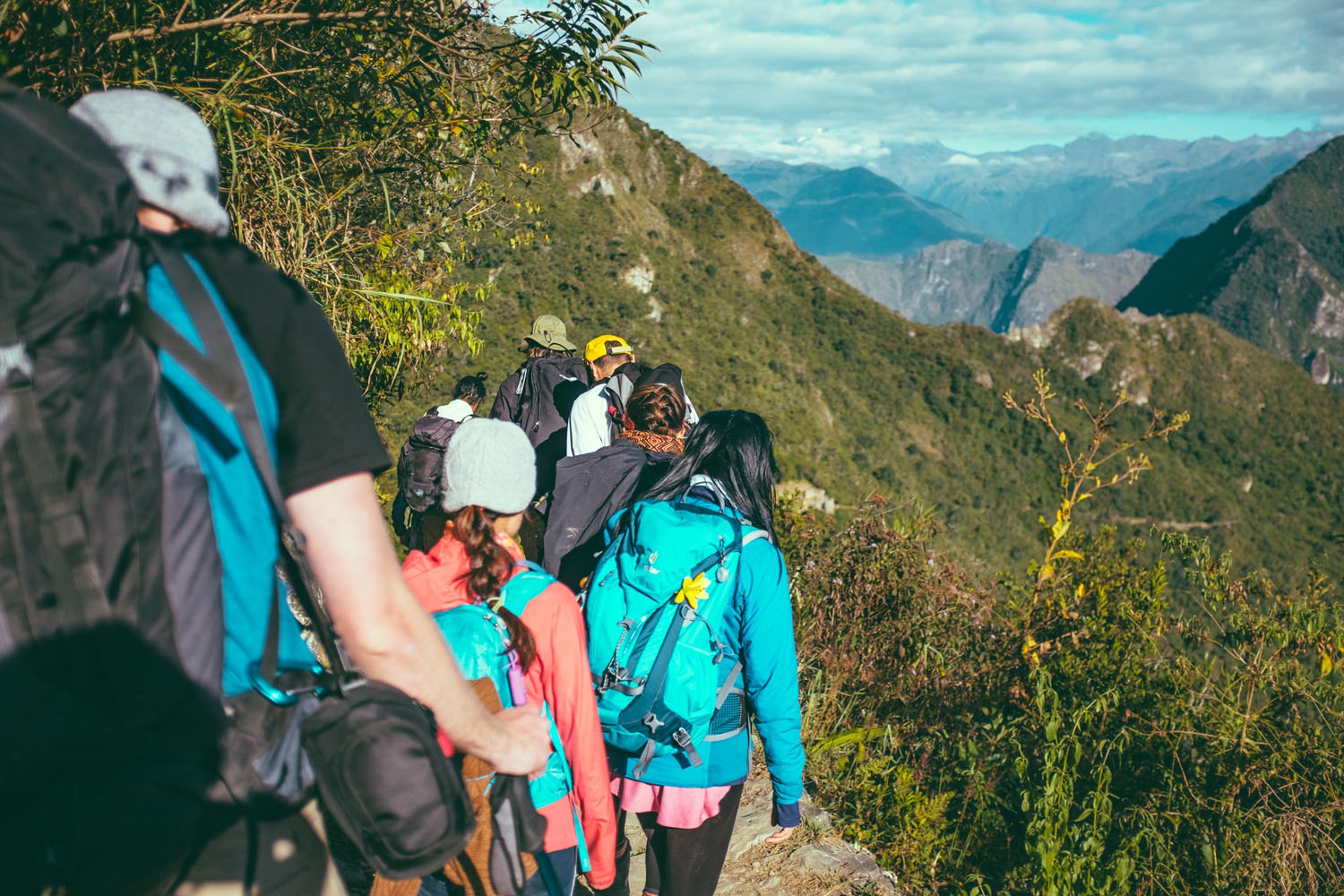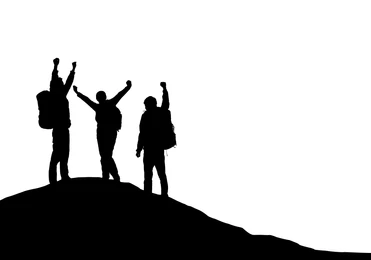All You Need to Know About the Inca Trail
Inca Trail Questions Answered Here.

All You Need to Know About the Inca Trail
The Inca Trail to Machu Picchu is one of the world’s most iconic treks, offering breathtaking scenery, ancient ruins, and an unforgettable journey to the Lost City of the Incas. However, embarking on this adventure requires careful preparation and planning. Whether you're wondering about fitness requirements, altitude sickness, or what to pack, this guide answers the most frequently asked questions to ensure you’re fully prepared for this once-in-a-lifetime trek.
For more details or to book your guided Inca Trail adventure, visit The Adventure People.
1. How Difficult is the Inca Trail?
The Inca Trail is considered moderately to highly challenging. The trek is 42 km (26 miles) long and takes four days to complete. It involves steep ascents, uneven terrain, and high-altitude mountain passes. The toughest section is Dead Woman’s Pass (4,215m / 13,828ft), where the air is thin, making breathing more difficult.
While previous trekking experience is not required, a good level of fitness is essential. Regular cardio and strength training, as well as hiking practice, will greatly improve your chances of completing the trek comfortably.
2. Do I Need a Permit for the Inca Trail?
Yes! A permit is required to hike the Inca Trail, and only 500 permits are issued per day—this includes guides and porters, so actual trekker slots are limited.
Permits sell out months in advance, especially during peak season (May–September). Booking early (at least 6 months ahead) is crucial to secure your spot. Visit The Adventure People to check availability and book a guided trek.

3. What is the Best Time of Year to Hike the Inca Trail?
The best time to trek the Inca Trail is during the dry season (May–September) when the weather is generally clear and stable. The rainy season (November–March) brings more precipitation, making the trail muddy and slippery.
🚫 The Inca Trail is closed in February for maintenance and conservation.
For those looking to avoid crowds, April and October are great shoulder-season months with fewer trekkers and mild weather conditions.
4. What Are the Risks of Altitude Sickness?
Altitude sickness can occur at elevations above 2,500m (8,200ft), and since the Inca Trail reaches 4,215m (13,828ft), acclimatisation is essential.
How to Prevent Altitude Sickness:
Spend at least two days in Cusco (3,400m / 11,155ft) or the Sacred Valley before starting the trek.
Stay hydrated and avoid alcohol before the trek.
Ascend gradually and listen to your body.
Consider altitude sickness medication like Diamox (consult your doctor first).
If symptoms like headache, nausea, or dizziness persist, inform your guide immediately—descending to a lower altitude is the best remedy.

5. How Fit Do I Need to Be?
You don’t need to be an elite athlete, but a good level of fitness is recommended. The trek involves long days of walking, often on steep inclines and rocky paths.
To prepare, start training at least 8–12 weeks in advance, including:
Cardio (running, cycling, or swimming)
Strength training (leg and core exercises)
Hiking practice (especially on uneven terrain and with a backpack)
For extra preparation, consider trekking at higher altitudes before your trip.
6. What Should I Pack for the Inca Trail?
Packing the right gear is crucial for a comfortable trek. Here are the essentials:
🎒 Hiking Gear:
Waterproof hiking boots (well broken-in)
A comfortable backpack (with a rain cover)
Trekking poles (reduce knee strain)
🧥 Clothing:
Layered clothing (T-shirts, fleece, insulated jacket, waterproofs)
Thermal base layers (especially for cold nights)
Hat, gloves, and sunglasses
🛏 Camping & Sleeping:
Sleeping bag (sub-zero rated for cold nights)
Headlamp (for early morning hikes)
💧 Other Essentials:
Reusable water bottle & water purification tablets
Sunscreen & insect repellent
Wet wipes & biodegradable soap (as there are no showers)
Your guided tour will include most camping equipment, but always double-check what’s provided.
7. Do I Have to Carry My Own Gear?
You'll need to carry a small daypack with essentials like water, snacks, and extra layers. Porters carry the heavier camping equipment and food, but there are strict weight limits (typically 5-7 kg per trekker).
Some trekkers choose to hire an additional porter for personal belongings—this can be arranged through your tour provider.
8. What is the Food Like on the Trek?
Surprisingly delicious! Meals are freshly prepared by trained chefs and are designed to provide energy for the trek.
🥗 Expect a mix of local Peruvian dishes, pasta, rice, vegetables, and proteins. Dietary requirements (vegetarian, vegan, gluten-free) can usually be accommodated—just inform your tour operator in advance.
9. Are There Toilets and Showers on the Inca Trail?
There are basic toilet facilities at some campsites, but they are very basic. Many trekkers bring their own toilet paper and hand sanitiser.
🚿 Showers are not available on the trail, so most hikers use wet wipes for hygiene during the trek.
10. How Long Does It Take to Reach Machu Picchu?
The standard trek takes four days, with the final stretch to Machu Picchu on Day 4. Trekkers wake up before dawn to reach Sun Gate (Inti Punku) for a breathtaking sunrise over the ancient citadel.
This moment—after four days of trekking through stunning landscapes and Incan ruins—is one of the most rewarding experiences you’ll ever have.
Ready to Conquer the Inca Trail?
Trekking the Inca Trail is a challenging but life-changing adventure. Proper preparation and a reliable guided tour will ensure a smooth, enjoyable experience.
Book your spot now with The Adventure People and embark on an unforgettable journey to Machu Picchu!




